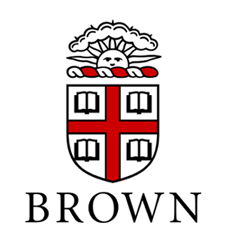Scope & content
COLLECTION CLOSED
This collection is unavailable for viewing, research, display, imaging, teaching and circulation. It is pending review by the appropriate Indigenous community or communities to determine if it contains culturally sensitive information. For additional information please contact hay@brown.edu.
The John Young papers contain personal correspondence, business papers, writings, maps and drawings dated from 1859 to 1903. The bulk of the material consists of personal and business correspondence written between 1876 and 1890. The correspondence from 1876 to 1884 provides firsthand accounts of life on the Blackfeet reservation in Montana Territory during a crucial time in the tribe's history.
Most of the personal correspondence was written by John Young and his daughters Annie, Lucie and Harriet when they were at the Blackfeet Agency. The majority of the letters are to his wife Susan in Brooklyn and to his daughter Martha. They cover a wide variety of topics, including daily life at the Agency, the difficulty of finding and keeping competent staff, the problems involved in getting supplies delivered and distributed, the culture of the tribes living on the reservation and their relations with the Army, the school at the Agency, relations with the local Catholic missionaries, and the growing food shortages due to the destruction of the buffalo herds and budget cuts in Washington, D.C.
The business papers are all directly related to John Young's role as agent. Most of the correspondence concerns two disputes with the Office of Indian Affairs. The first dispute concerned whether $866.09 had been expended in the correct fiscal year. The second, which lasted six years, concerned its claim that when he left office Agent Young had not properly accounted for property valued at $1486.10.
The writings in these papers are by John Young and his daughter Harriet. The essay concerning White Calf is unsigned but may have been written by Harriet. The writings by John include his retelling of firsthand accounts of the aftermath of the Baker Massacre, the Piegan's story of the origin of the Blackfoot name, his first meeting with Chief White Calf and the events that led to the food shortages on the reservation in the early 1880s. Harriet's essay is a sympathetic description of what life was like for the Piegans on the reservation. In it she mentions the Brooklyn Woman's Indian Association.
The final series contains maps of the western United States and the reservation. The drawings are of the Agency buildings and the land immediately surrounding it.


